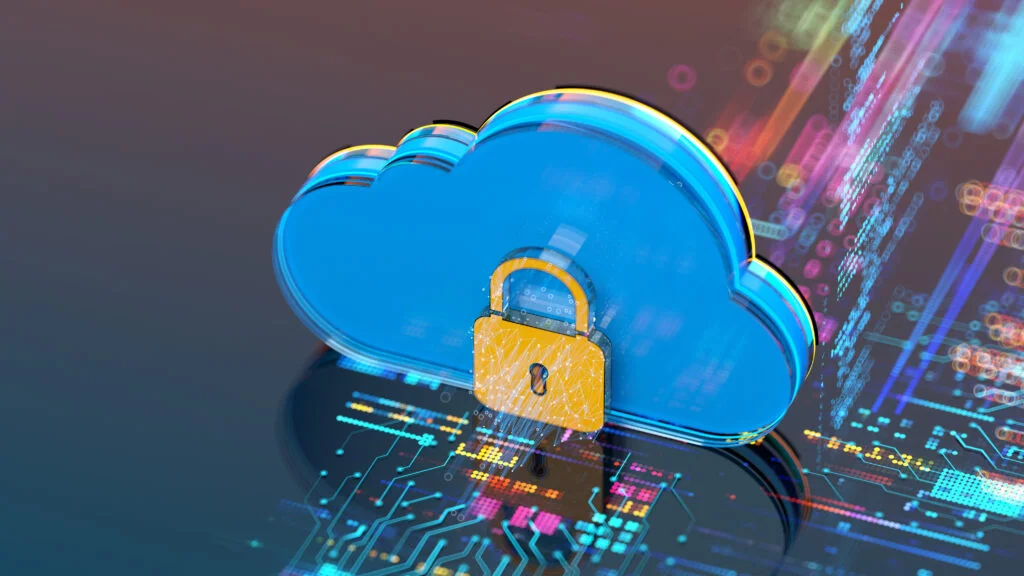- Use Strong Passwords and Enable Password Encryption: Always use complex, unique passwords for your network devices and enable password encryption to deter unauthorized access.
- Secure Physical Access: Prevent unauthorized physical access to your network devices as it can lead to critical security breaches.
- Implement Access Control Lists (ACLs): ACLs can control both inbound and outbound traffic on network devices, making them a significant security tool.
- Enable Network Device Hardening: This includes disabling unnecessary services and interfaces, configuring service-specific security features, and implementing secure management protocols.
- Regular Updates and Patches: Keep your network hardware and software updated with the latest firmware and software patches to protect against known vulnerabilities.
- Implement Firewall and Intrusion Prevention Systems (IPS): Firewalls control what traffic is allowed into your network while IPS systems detect and prevent identified threats.
- Regular Audits and Network Monitoring: Perform regular audits of your network security measures and monitor network activity for any unusual behavior or unauthorized access attempts.
Remember, network security is not a one-time event but a process of continuous improvement and adjustment in response to new threats and vulnerabilities. Make sure to stay updated on the latest security practices and technologies to keep your Cisco network safe. Furthermore, implementing regular security training for employees can also significantly improve overall network security by promoting a culture of awareness and vigilance against potential threats. In addition, regularly backing up critical data and configurations can ensure that in the event of a security breach or disaster, your network can be quickly restored to a stable state.
By following these steps and staying proactive in your approach to network security, you can effectively secure your Cisco network and protect it from potential cyber attacks. So, always prioritize the security of your network to ensure smooth operations and maintain the trust of your customers or clients. Continuous evaluation and improvement are key to maintaining a secure network environment in today’s constantly evolving cyber landscape. Remember, a strong defensive posture is crucial in protecting your network and preventing potential data breaches or other security incidents. Stay vigilant and proactive in your efforts to secure your Cisco network, and always stay informed on the latest security practices and technologies to stay ahead of potential threats.
By following these guidelines, you can ensure that your Cisco network remains safe and secure, providing a reliable and trustworthy platform for your business operations. So, invest the time and resources to secure your network now and avoid potential headaches in the future. And don’t forget, always stay alert and proactive when it comes to network security – it’s better to be safe than sorry!
In addition to these steps, it is also important to regularly test and update your network security measures. This can include conducting vulnerability assessments and penetration testing to identify any weaknesses in your network defenses. It is also crucial to have a response plan in place in case of a security breach or incident, as quick action and containment can minimize the impact on your network.
Another important aspect of securing a Cisco network is to limit access to privileged accounts. Only designated administrators should have access to these accounts, and they should be closely monitored and audited for any suspicious activity.
Furthermore, implementing encryption protocols such as SSL or TLS for data transmitted over the network can add an extra layer of security. This is especially important when sensitive information is being transferred, such as customer data or financial transactions













